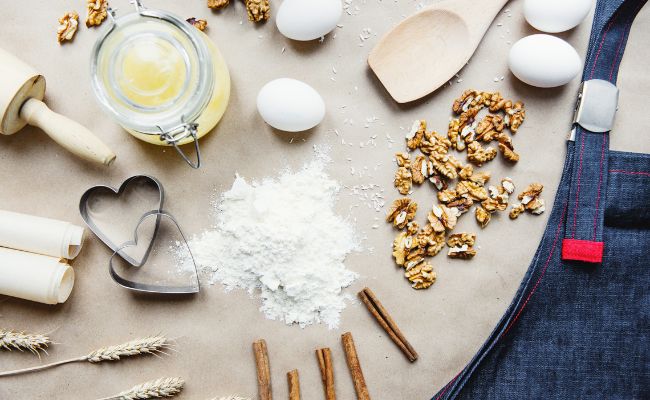All of your pie questions, answered
Pie pans could also be comprised of glass, metallic, or ceramic. An vital distinction between these offers is warmth change. Metallic conducts warmth mainly most likely probably the most efficiently — in quite a few phrases, it will get scorching the quickest and transfers warmth evenly all by way of the pan’s floor — which is why many professionals select aluminum pans. (One totally different income: Metallic pans resist fast temperature adjustments, which suggests you might take your pie plate from the fridge to the oven with out worrying about shattering.)
Glass, nonetheless, is an insulator. On account of glass slows the switch of warmth between the oven’s air and your dough, it takes additional time to warmth up than metallic — which suggests your dough takes longer to warmth too. Nonetheless as rapidly as a result of it’s scorching, it retains that warmth appropriately, and it stays scorching for longer than metallic. For pie, there’s however one other bonus: The clear provides means you might visibly verify how brown your crust is getting.
Ceramic pie pans are typically every stoneware or porcelain, and to permit them to fluctuate primarily based completely on the fabric and the best way during which it’s made. They’ll furthermore fluctuate in thickness and thus warmth change, so final effectivity will depend on which model you’re baking with. Entire, although, they’re typically slower to switch warmth than additional environment nice metallic pans, although they protect warmth appropriately.
The excellent news: All three of those pan varieties will make good pie that browns appropriately, so regardless of you might have in your kitchen must be merely improbable.
Be taught additional: Baking trials: From metallic to glass to ceramic, how does your pie pan influence your crust?






